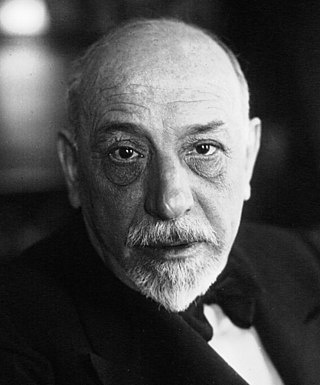
Luigi Pirandello was an Italian dramatist, novelist, poet, and short story writer whose greatest contributions were his plays. He was awarded the 1934 Nobel Prize in Literature "for his bold and ingenious revival of dramatic and scenic art". Pirandello's works include novels, hundreds of short stories, and about 40 plays, some of which are written in Sicilian. Pirandello's tragic farces are often seen as forerunners of the Theatre of the Absurd.
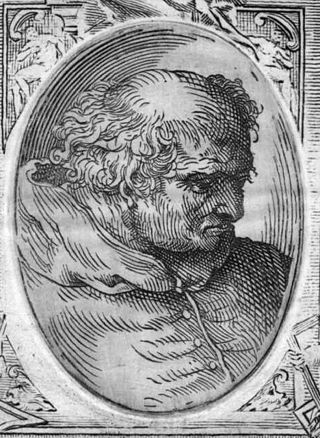
Donato Bramante, born as Donato di Pascuccio d'Antonio and also known as Bramante Lazzari, was an Italian architect and painter. He introduced Renaissance architecture to Milan and the High Renaissance style to Rome, where his plan for St. Peter's Basilica formed the basis of the design executed by Michelangelo. His Tempietto marked the beginning of the High Renaissance in Rome (1502) when Pope Julius II appointed him to build a sanctuary over the spot where Peter was martyred.

A bricklayer, which is related to but different from a mason, is a craftsperson and tradesperson who lays bricks to construct brickwork. The terms also refer to personnel who use blocks to construct blockwork walls and other forms of masonry. In British and Australian English, a bricklayer is colloquially known as a "brickie". A stone mason is one who lays any combination of stones, cinder blocks, and bricks in construction of building walls and other works. Bricklaying is a part of masonry.

Pier Luigi Nervi was an Italian engineer and architect. He studied at the University of Bologna graduating in 1913. Nervi taught as a professor of engineering at Rome University from 1946 to 1961 and is known worldwide as a structural engineer and architect and for his innovative use of reinforced concrete, especially with numerous notable thin shell structures worldwide.
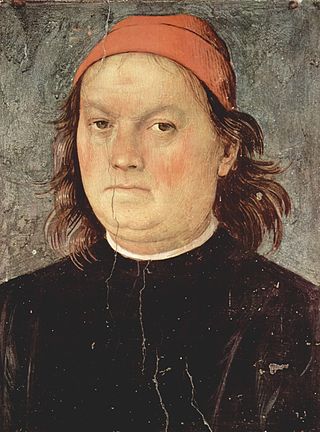
Pietro Perugino, an Italian Renaissance painter of the Umbrian school, developed some of the qualities that found classic expression in the High Renaissance. Raphael became his most famous pupil.

Belisario Corenzio was a Greek-Italian painter, active in Venice and Naples. He is one of few Greek painters that did not belong to the Cretan Renaissance like his contemporaries of the time. He escaped the maniera greca completely. He adopted the Venetian style. Other similar Greek painters were Marco Basaiti, Ioannis Permeniates, Antonio Vassilacchi and El Greco. He was sometimes referred to as Il Greco. His teacher was prominent Venetian painter Tintoretto. In 1590, at age 32 Corenzio settled in Naples. Corenzio was influenced by Cavalier d'Arpino. He continued to flourish in the region. His apprentices included: Luigi Rodriguez, Andrea di Leone, Onofrio De Lione and Massimo Stanzione. Corenzio painted many frescos that survived today. Some of his works are in the Church of San Severino and Certosa di San Martino. His style resembles Caravaggio. An Italian legend in Naples exists involving Corenzio, Spanish painter Jusepe de Ribera, and Battistello Caracciolo. They were referred to as the Cabal of Naples. The three painters were rumored to have poisoned their competition for painting contracts. The rumors lack documented evidence. The three painters were very popular in Naples. Corenzio frescoed the Crypt that holds the remains of Matthew the Apostle at Salerno Cathedral and it depicts scenes from the Gospel of Matthew. Corenzio was one of the most celebrated fresco painters in Naples during his time. His drawings can be found all over the world namely at the Metropolitan Museum, Museo di Capodimonte and Louvre. More recently, his life and work was studied by the Greek art historian Panayotis K. Ioannou in a comprehensive monograph.
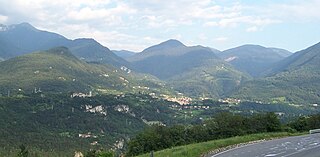
Bienno is an Italian comune in Val Camonica, province of Brescia, Lombardy. It is one of I Borghi più belli d'Italia.

The House of Farnese was an influential family in Renaissance Italy. The titles of Duke of Parma and Piacenza and Duke of Castro were held by various members of the family.
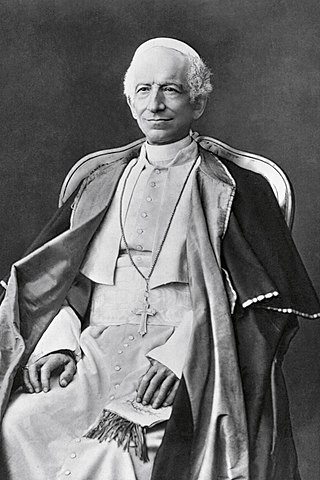
The papal conclave held from 18 to 20 February 1878 saw the election of Vincenzo Pecci, who took the name Leo XIII as pope. Held after the death of Pius IX, who had had the longest pontificate since Saint Peter, it was the first election of a pope who would not rule the Papal States. It was the first to meet in the Apostolic Palace in the Vatican because the venue used earlier in the 19th century, the Quirinal Palace, was now the palace of the king of Italy, Umberto I.

Pietro di Donato was an American writer and bricklayer best known for his novel, Christ in Concrete, which recounts the life and times of his bricklayer father, Geremio, who was killed in 1923 in a building collapse. The book, which portrayed the world of New York's Italian-American construction workers during The Great Depression, was hailed by critics in the United States and abroad as a metaphor for the immigrant experience in America, and cast Di Donato as one of the most celebrated Italian American novelists of the mid-20th century.
The Marzotto Group is an Italian textile manufacturer, based in Valdagno.
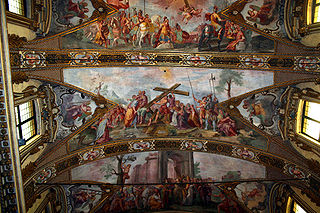
Giovanni Battista Carlone (1603–1684) was an Italian painter of the Baroque period, active mainly in Genoa.

Three Brothers is a 1981 Italian film based on a work by Russian author Andrei Platonov. It was directed by Francesco Rosi and stars Philippe Noiret, Vittorio Mezzogiorno, Michele Placido and Charles Vanel.

Give Us This Day is a 1949 British film, directed by Edward Dmytryk. This film was released in the United States as Christ in Concrete. Another alternate title was Salt to the Devil.

Pietro di Gottardo Gonzaga was an Italian theatre set designer who worked in Italy and, since 1792, in the Russian Empire.

Bloodbrothers is a 1978 coming-of-age film directed by Robert Mulligan, and starring Richard Gere, Paul Sorvino, Tony Lo Bianco and Marilu Henner. It was based on the 1976 novel of the same name by Richard Price. It was nominated for an Academy Award for Best Adapted Screenplay.
Anarchism in Egypt refers both to the historical Egyptian anarchist movement which emerged in the 1860s and lasted until the 1940s, and to the anarchist movement as it has re-emerged in the early 2000s. Anarchism was first introduced to Egypt by Italian immigrant workers and political exiles in the 1860s. The Italian community in Egypt was one of numerous such communities of expatriate workers whose presence in Egypt dated to the modernisation programme of Muhammad Ali, Wāli of Egypt from 1805 to 1849, as part of which the immigration of foreigners with useful skills was encouraged. This process was accelerated under Ali's successors, in particular with the construction of the Suez Canal in the 1850s.

Pietro Ichino is an Italian politician and professor of labor law at the University of Milan. From 1979 to 1983, he was an independent left-wing MP belonging to the ranks of the Italian Communist Party. In 2008, he was elected senator for the Democratic Party in the district of Lombardy.
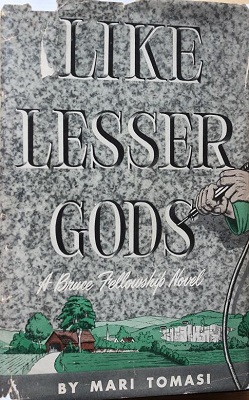
Like Lesser Gods is a 1949 novel by Mari Tomasi about the Italian-American stonecutters of Granitetown, and their dedication to the work despite the danger of silicosis. Originally published by Bruce, a small Catholic press, it was republished by the New England Press in 1988 and 1999.
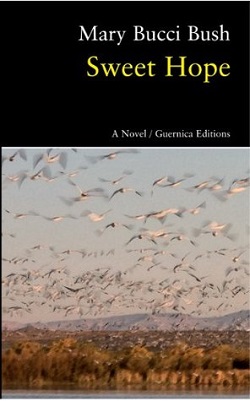
Sweet Hope (2011), an award-winning historical novel by Mary Bucci Bush, tells the story of Italian immigrants living in peonage on a Mississippi Delta cotton plantation in the early 1900s. It was inspired by the experiences of Bush's grandmother, Pasquina Fratini Galavotti, who worked on the Sunnyside Plantation in Arkansas as a child.


















